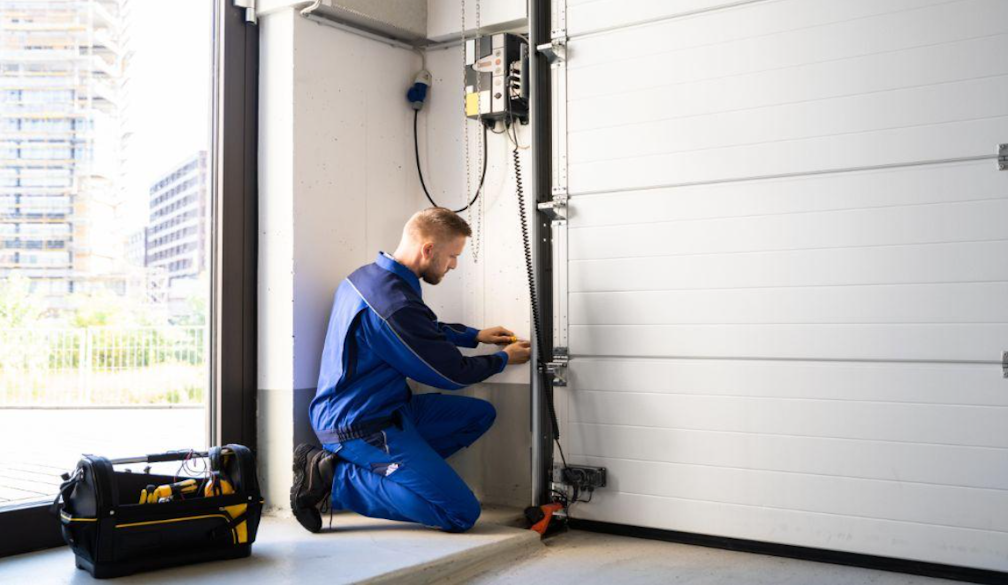Battle won. Our budget woes are behind us
- Written by Warren Hogan, Industry Professor, University of Technology Sydney
The government’s final budget outcome for 2017-18 is a deficit of A$10.1 billion. That’s an extraordinary A$8.1 lower than the May estimate just months ago, and more than A$19 billion lower than when the 2017-18 budget was originally put together the previous May.
The deficit, a mere 0.6% of gross domestic product, is the smallest in the run of ten that began in the global financial crisis of 2008-09.
The result tells us something important about the Australian economy ten years on from the crisis.
Read more: Budget deficit comes in at $10.1 billion, in boost for early return to surplus
First, it’s performing better than expected.
Not only is it growing faster than most forecasters expected, it has been producing more jobs and less inflation than such growth would have produced in the past.
This has allowed much low interest rates than would have once been the case and supported investment across the economy.
Back to normal
So good is the government’s financial position that the heavy lifting has been all but been done.
A return to budget balance is entirely possible this financial year.
Indeed, for most purposes the budget is already balanced.
Federal government revenues and expenses are each about 25% of GDP. Given the complexity and natural variability of the budget and the economy, an outcome within 0.5% of GDP from balance is basically in balance.
The fact that two-thirds of the originally projected 2017-18 budget deficit has vanished due to “forecast error” makes the point.
Fiscal policy is effectively back to normal, with plenty of spending power in reserve should the economy deteriorate.
Better confidence, for now
Solid government finances will support confidence, not least among households that are used to worrying about large deficits boosting future tax burdens or eating away at government services.
That isn’t to say that everything is baked in.
The economy and government finances can go the other way. But the task of budget repair, which started years ago under Treasurer Wayne Swan, is virtually complete. Any further substantive budget tightening will produce growing surpluses rather than shrinking deficits.
More profits, less welfare
Over the past 15 months the big improvement in the government’s financial position has come in two phases.
The first surprise was a revenue windfall received last summer. This was mostly because of higher commodity prices and the boost this gave to corporate profits.
Corporate income tax receipts are 8.7% higher than originally projected, resulting in an almost A$7 billion windfall for the budget. This represents about a third of the A$19 billion budget improvement.
Read more: Morrison's return to surplus built on the back of higher tax – Parliamentary Budget Office
This was well known by the time of the May budget and was responsible for most of the improvement in the budget bottom line between May 2017 and May 2018.
The next phase was a substantial drop in government payments near the end of the financial year just concluded.
This was not factored into the May 2018 budget. Most of it is made up of lower welfare and social security payments, partly in response to the stronger economy, and partly due to much lower than anticipated spending on disability assistance.
Disability-related payments, both in terms of payments to states and National Disability Insurance Scheme spending, are about A$3 billion lower than expected in May last year.
And improvement all around
The rest of the good news is spread across the board. Income tax receipts are higher due to stronger employment growth. The government has collected more duties and excise than it expected. Pension payments have been a little lower than expected, as have infrastructure-related payments to the states.
Because the presentation of the final budget outcomes does not come with any formal update of budget forecasts, the treasurer and his finance minister had very little to say about the government’s fiscal strategy other than to reinforce that its jobs, growth and budget repair strategy is on track.
They’ll say more in the midyear economic and fiscal update (also called MYEFO) in December.
Question time
Ministers Frydenberg and Cormann were asked a number of questions at their Tuesday press conference that they chose not to answer properly.
I thought I would take the liberty of doing it for them.
REPORTER: So does this outcome increase the likelihood that you will return to surplus sooner than predicted?
MY ANSWER: It most certainly it does. The better result is mainly due to a stronger-than-expected economy. At the time of the budget in May 2017 the government had forecast economic growth of 2.75% for the 2017-18 financial year. As it turned out, growth came in at 2.9% and we are taking strong momentum into 2018-19.
It won’t take much to nudge the budget into surplus this year, that is, a year earlier than forecast. Simply factoring in the better baseline performance of the budget from last year should produce a deficit for 2018-19 of around A$5-8 billion. If the recent trends of higher commodity prices, a lower Australian dollar and stronger domestic economic activity persist, as they appear to be doing, then we will easily get a surplus this year.
Complicating the picture is the political cycle. With a government well behind in the polls and an election due in the next six months or so, it will be hard to resist the temptation to spend some of this recent budget improvement.
It will become a political judgment for the new prime minister and his cabinet. Is the political benefit of presenting a budget surplus greater than the electoral impact of new spending measures?
REPORTER: And do you continue to adhere to the budget discipline that all new spending must be accompanied by savings in equal amount?
MY ANSWER: The government should be commended for keeping real spending growth to just 1.9%, the lowest in a generation. It is projecting it to fall even further, to around 1.6% over the next few years. With a tough election contest ahead, my guess is that we may see some slippage on government spending.
REPORTER: You are out by 40% to 45% on the deficit you published in May this year. That’s a wild variation in just 6 weeks. Should Treasury be doing better than that, basically?
MY ANSWER: Revenues total just under A$450 billion and expenses total just over $450 billion. The deficit figure is the result of the calculation of the small difference between those two big numbers.
Rather than thinking about an A$8 billion miss on a A$18 billion deficit we should be thinking about A$8 billion on the $450 billion revenue and expense base.
Instead of a 40% variation, the real variation is less than 2%.
Given that the Treasury only had the March quarter national accounts at its disposal when pulling together the May Budget forecasts and considering the propensity of the Bureau of Statistics to revise the national accounts, the fact that the misses are less than 2% is actually pretty amazing.
The economy is complex and ever changing.
Economic forecasting is hard. Understanding the relationship between government revenues and an economy experiencing significant industrial structural change is far from a perfect science.
Authors: Warren Hogan, Industry Professor, University of Technology Sydney
Read more http://theconversation.com/battle-won-our-budget-woes-are-behind-us-103824



















